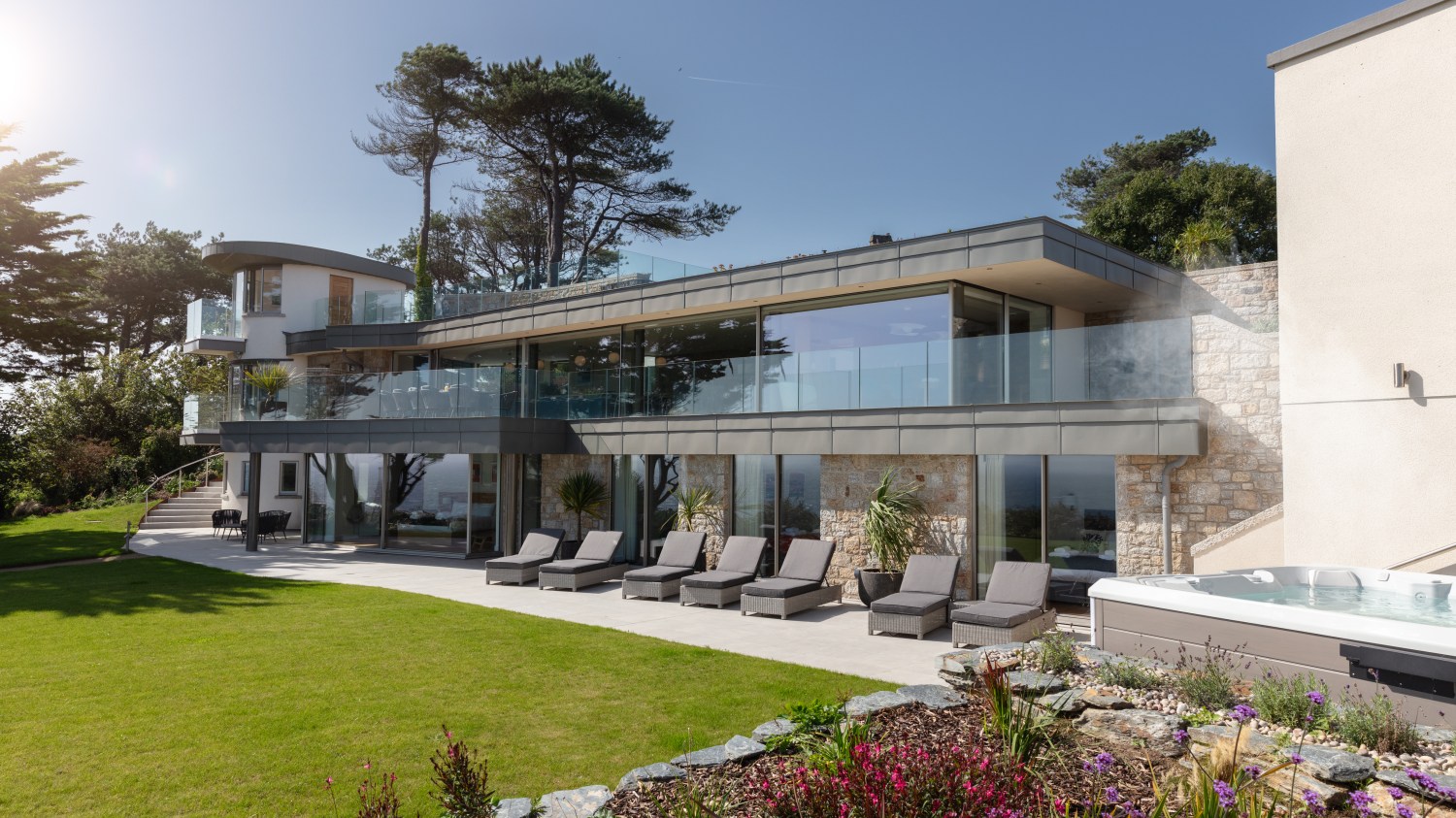London Docklands; A History
Over the last 30 years we have seen a dramatic change in the function of London’s docklands, from being fully functioning warehouses containing all sorts of cargo brought up the River Thames such as spices and tobacco to now converted flats, offices, restaurants, and bars. America and Britain have generally led the way with such architectural developments but when the docklands fell into decline and the buildings became redundant, the 1957 Sydney Opera House showed the possibilities of daring architecture on watersides could be. Around the 1970s, 1980s and 1990s many countries had a similar problem with disused land and waterside architecture e.g., in 1996 Japan had 63 developments in their port lands that had fallen into disuse. By 1981 the London Docklands Development Corporation (LLDC) were looking at planning for 8 and a half square miles of redundant docks, derelict industrial land and riverside which would in turn create new jobs and homes within the area; the project did just that and by 1997 jobs had risen from 44,800 to a staggering 72,000 and housing rocketed from 21,615 to 35,665.
During 1982 the government importantly intervened creating an ‘enterprise zone’ in the docklands, industrial wasteland and riverside which meant that businesses were exempt from paying taxes and were given incentives like simplified planning permission and capital allowances. This had a huge impact on the expanding docklands, and it became a more attractive proposition to invest, and this ended up being fundamental in creating a property boom in the area, much like we still see today. However, the LLDC was accused of favouring luxury elitist developments rather than supporting affordable housing schemes. Despite this, what we now see is a total mixture of residential and commercial spaces along London’s Docklands and the clearest example of this is Canary Wharf which quickly has been established as the secondary financial epicentre of London.
St Katherine Docks – where we have a beautiful penthouse available for sale because of the developments of the time – has dramatically changed over the centuries. The site dates to the 10th century and was gifted to 13 knights by the Anglo-Saxon King Edgar. Originally a religious settlement the booming industry and trade that came out of the site provoked the initial transition from medieval monastery to the enclosed dock it is today. Thomas Telford was the architect behind the modern layout of St Katherine Docks, and he designed it unlike any other dock creating a warehouse right on the water’s edge with the first foundations of the building laid on the 3rd of May 1827 – which is now known as The Ivory House, a stunning residential building with beautifully light and open apartments looking out over the docks and the marina. The initial purpose of this warehouse was to take in goods coming up the river and it mostly took luxuries such as wine, sugar, ostrich feathers, mohair, perfume, ivory, spices, and tortoiseshell. Indeed, between St Katherine Docks and London Docks they made up 40% of the nation’s wool trade as well.
Today it is still possible to see the original elements of London’s Docklands, like St Katherine Docks or Shadwell Basin. Fortunately, some of the old Victorian and Georgian buildings remain and are now apartment developments and recreational areas. As it was at the turn of the century this is still a popular and thriving area of London to live in and continues to be a widely sort after postcode, so much so that as soon as we at Anderson Rose get the opportunity to sell or let a property it is almost immediately snapped up; so if you have any property interest in the area, don’t hesitate to get in touch and we will show you corners of the area steeped in history that you may never have seen before but you will soon fall in love with just as all our team has.






Share this with
Email
Facebook
Messenger
Twitter
Pinterest
LinkedIn
Copy this link